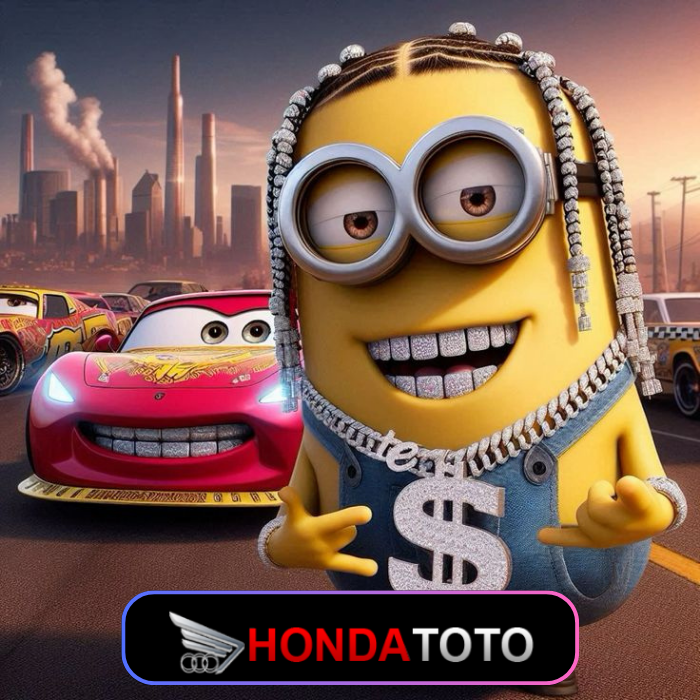Hondatoto | Pusat Situs Agen Togel Hongkong & Macau Pools Terbaik #1 Asia🏆
Di dunia permainan angka modern sekarang, perlu ketelitian dalam memilah dan memilih agen togel yang terpercaya, karena hanya bandar togel yang terpercaya lah yang mampu memberikan pelayanan dan pengalaman bermain yang terbaik, untuk itu aing merekomendasikan Hondatoto. Bagi yang belum tau, Hondatoto ialah pusatnya permainan togel resmi yang sudah banyak di rekomendasikan oleh sebagian besar player dari manca negara.














 HOME
HOME